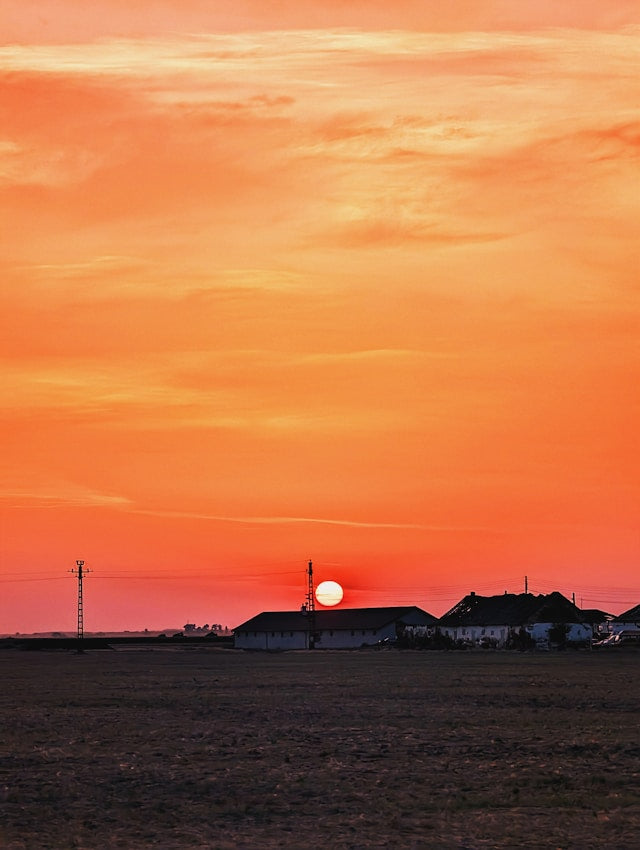What is Sick Building Syndrome?

What is Sick Building Syndrome?
According to the EPA, Sick Building Syndrome (SBS) is used to describe situations in which building occupants experience acute health and comfort effects that appear to be linked to time spent in a building, but no specific illness or cause can be identified. If a specific illness or cause is identified and attributed directly to airborne building contaminants, the name changes to “Building Related Illness” or BRI.
If you or your co-workers complain of discomforts like headaches, ear, eye, nose or throat irritation, cough, itchy skin, dizziness or nausea, difficulty in concentrating, fatigue, or sensitivity to odors, and these conditions resolve shortly after exiting the building, then the building could have sick building syndrome. The ‘American Standards for Heating, Refrigeration and Air-Conditioning Engineers’ (ASHRAE) states that a building is ‘sick’ when ‘20 per cent or more of its occupants voluntarily complain of discomfort symptoms for periods exceeding two weeks and affected occupants observe rapid relief away from the building’ (Environmental Analytics, 2009).
Here are some conditions that could cause sick building syndrome:
- Inadequate ventilation: OSHA recommends 15 cfm fresh air for each building occupant. This recommendation was cut to 5 cfm per occupant in the 1970s to save energy, which had an adverse effect on building occupants. In compensation, the American Society of Heating, Refrigerating and Air-Conditioning Engineers (ASHRAE) revised its standards to 15 cfm per person (20 cfm for offices).
- New buildings are susceptible to SBS due to internal chemical contaminants. New carpeting, furniture, wall and window treatments and copy machines are all sources of VOCs, which can be quite potent during their first years.
- Chemicals can enter from outside sources, if the ventilation of the building is not safe. Nearby roads, garages, or industrial facilities are all sources of air pollution that can enter into a building if the ventilation is not properly placed or protected.
- Biological contaminants such as mold, pollen, bacteria and viruses can infiltrate and multiply in buildings and cause respiratory and whole-body health issues. If you’ve heard of “Legionnaire’s Disease”, it is a serious type of pneumonia caused by a bacterium that can live in HVAC systems and be distributed throughout the building through the ducts. It was so named after an outbreak occurred among participants at an American Legion convention in Philadelphia in 1976. However, the same bacterium was later shown to cause Pontiac fever, a milder influenza-type illness which occurred in the health department building of Pontiac Michigan in 1968.
Today there is more reason to be concerned about SBS because offices, like our homes, need regular maintenance and upkeep. Offices that were closed during the COVID-19 pandemic may have had cuts in maintenance schedules or worse, ventilation that was completely shut down for months, allowing humidity to increase and mold to grow in the HVAC system and furnishings. Reactivating HVAC systems with mold can propagate it throughout the building, causing respiratory and whole-body illness.
One positive thing about the pandemic is that people are more concerned about the air they breathe; therefore, diluting, filtering and cleaning viruses from the air also means cleaner air in general (less dust, pollen, mold spores, etc.).
When your employer reinstates in-office work, it’s not bad to ask how the building is being cleaned and safeguarded from mold and from viruses. Reducing the number of employees in a space is only one step of many that building supervisors can take for the health of employees. Air sensors are readily available now to monitor air quality in various spaces, such as humidity, which plays a major part in mold growth and airborne virus longevity. The sensors can also be used to assess risk for viral transmission (see our post Are There Any “Virus-Detecting” Sensors Out There?)
Although we are not post-COVID-19 pandemic, it is definitely a changed world since the beginning of 2020, and building environments have to be considered as an ally, not an enemy, of employee health.






